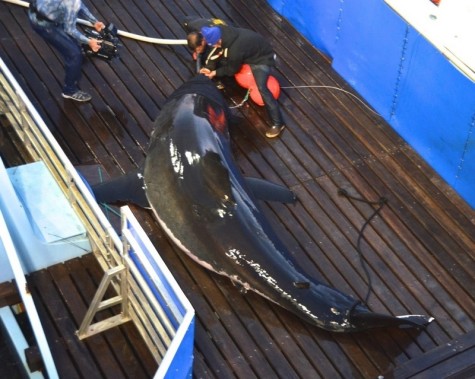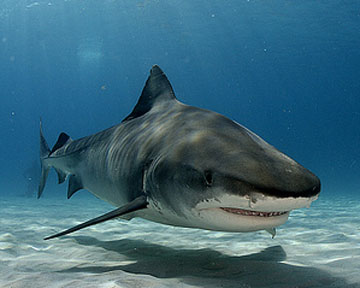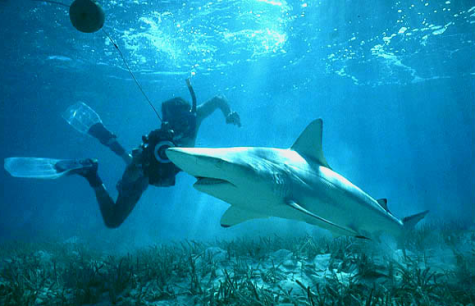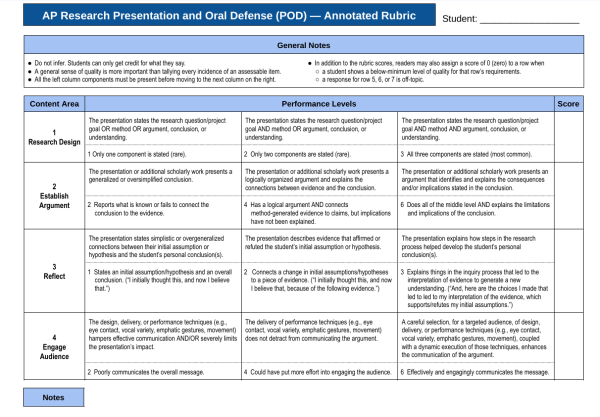Shark Bait Ooh-Ha-Ha

After a long week of stressful schoolwork, magnet students are often found relaxing at the beach to beat the heat of schoolwork and of Charleston’s humid weather. While the beach is a nice place to chill, it is important that people keep their guard up. The water is full of sharks, jellyfish, and other potentially dangerous creatures.
This past weekend, I saw a shark at Sullivan’s Island. I was laying on the beach with some friends when I heard “shark!”. I didn’t get up at first because I assumed it was some kid joking around. Then I saw a large group of people gathering near the shore, so I walked over. A couple of guys were holding a large shark about three feet long down on the sand while people took pictures of it. Someone had caught it fishing. Charleston’s waters are said to be some of the best for shark and deep-sea fishing.


According to the Post and Courier, there are 16 types of sharks that peruse Lowcountry waters during the summertime. College of Charleston’s biology department works with an organization called Oceana to track sharks. They have been tracking one famous shark by the name of Mary Lee for several years. She has been spotted many times in Isle of Palms waters.
Sharks are frequently spotted by local surfers. Thankfully, tiger sharks tend to stay in deeper waters. Tiger sharks are very aggressive, and can track their prey’s electric fields which is why they are able to hunt 24 hour a day.

While tiger sharks are usually found in the Pacific, smaller sharks like blacktips can be found in Charleston waters as shallow as 3 feet. Thankfully, these kinds of sharks are relatively harmless and uninterested in human contact. However, they can become aggressive in the presence of food. They are social animals who usually travel in large groups.
According to Amanda Coyne of The Post and Courier, “While South Carolina had the third most shark attacks in the United States last year – six bites – none were fatal. The average number of shark attacks in South Carolina each year is four, and there hasn’t been a shark-related fatality in the Palmetto State since the 1850s”. Sharks have been given a bad rep by the movie, “Jaws”. Sharks do not even hunt humans. According to Oceana, “sharks have become the prey of humans, which has resulted in the decimation of many shark populations. Statistically, there are a large number of other beach activities that are more likely to lead to death than shark attacks. The odds of being attacked by a shark at the beach are one in 11.5 million. Unfortunately for the reputation of sharks, when they do bite a human, it is much more newsworthy than other sources of beach-related mortality.”
Statistically, it is more likely to die from getting hit in the head by a coconut, collapsing sand, driving to the beach, a boating accident, drowning, or surfing injuries then it is to die from a shark attack. If you continue to live in fear of death by shark attack, here are some tips from Oceana for avoiding shark bites:
10 Tips for Avoiding Shark Bites*:
- Do not swim at dusk, dawn or night. Sharks are most active during these times.
- Avoid murky or unclean water. Sharks will be more likely to mistake you for prey and you will be less likely to see it coming.
- Do not swim, dive or surf alone. Sharks are more likely to bite a single person. Also swim near a lifeguard so help is near by, should you need it.
- Avoid excessive splashing and bringing pets in the water. Erratic movements portray distress and can attract sharks.
- Do not enter the water if you are bleeding, do not bring dead or bleeding fish into the water and avoid areas where fishing is occurring. Sharks have great senses and can detect the slightest hint of blood.
- Do not wear jewelry or shiny bathing suits. Glistening light looks like fish scales to a shark’s eye.
- Avoid wearing brightly colored suits or having an uneven tan line. Sharks see contrast well.
- If in an areas with a lot of sharks, try to remain vertical. This prevents you from looking like a seal and other larger prey.
- Stay close to shore and avoid going near steep drop-offs and channel openings. Prey species and sharks congregate in these locations.
- Remember that when entering the ocean, you are entering the shark’s environment and these wild animals must be treated with caution.
See the full Oceana article here:
http://oceana.org/en/our-work/protect-marine-wildlife/sharks/learn-act/tips-for- avoiding-shark-attacks
See the full Post and Courier Articlehere:
http://www.postandcourier.com/article/20140529/PC16/140529197












